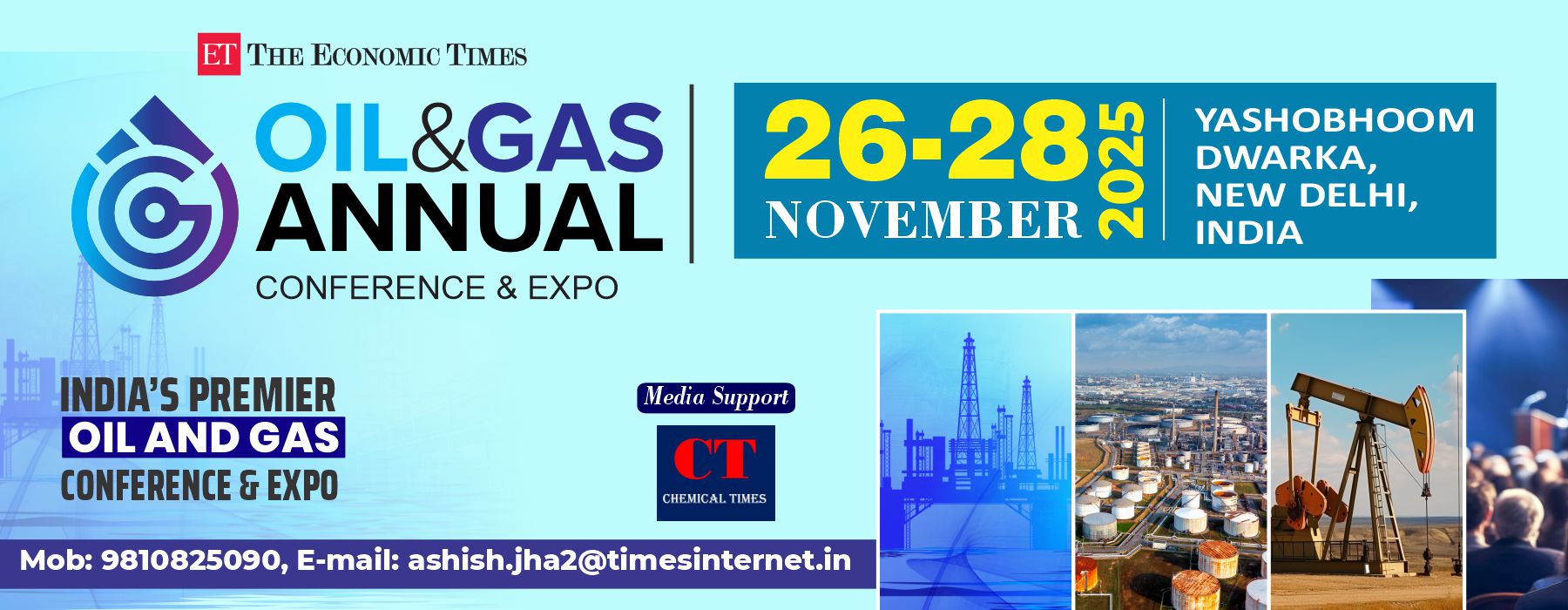In the complex and highly engineered world of the petroleum industry, the movement and control of fluids—such as crude oil, natural gas, steam, and water—are vital to efficient, safe, and continuous operation. This control is made possible by one of the industry’s most critical components: the valve.
Valves are mechanical devices that regulate, direct, or control the flow of fluids by opening, closing, or partially obstructing various passageways. While seemingly simple in concept, valves are designed in a variety of configurations to suit different types of applications, environmental conditions, pressure levels, and fluids.
This article explores the various types of valves used in the petroleum industry, detailing their designs, functions, applications, advantages, disadvantages, and the specific sectors of the oil and gas chain in which they are used.
The Role of Valves in the Petroleum Sector
Valves are indispensable in all three major segments of the petroleum industry:
Upstream: Exploration and production of crude oil and natural gas.
Midstream: Transportation and storage of raw hydrocarbons.
Downstream: Refining, processing, and distribution to end-users.
Whether controlling flow at a deep-sea drilling site or maintaining pressure in a massive refinery, the performance and reliability of valves directly impact the safety, efficiency, and profitability of petroleum operations.
Major Types of Valves in the Petroleum Industry
1. Gate Valve
Function: Primarily used for on/off control, gate valves allow or completely block flow.
Design: A flat or wedge-shaped disc moves vertically to open or close the flow path.
Applications: Pipelines, wellheads, flowlines, and high-pressure systems.
Advantages:
Minimal pressure drop when fully open.
Suitable for bidirectional flow.
Ideal for high-pressure, high-temperature environments.
Disadvantages:
Slow operation.
Not suitable for throttling or partial opening (may cause erosion).
2. Globe Valve
Function: Used to regulate flow rate, making them ideal for throttling applications.
Design: Has a spherical body and a plug or disc that moves perpendicular to the seat.
Applications: Cooling systems, fuel oil systems, process lines in refineries.
Advantages:
Excellent control of flow rate.
Good shut-off capabilities.
Easy maintenance.
Disadvantages:
Higher pressure drop compared to gate valves.
More complex design.
3. Ball Valve
Function: Provides fast and reliable on/off operation.
Design: A rotating ball with a central bore allows flow when aligned with the pipe.
Applications: Oil and gas transport lines, LNG systems, and refining units.
Advantages:
Quick operation (90° turn).
Tight sealing with minimal leakage.
Compact and lightweight.
Disadvantages:
Not suitable for throttling.
Ball surface may wear under abrasive conditions.
4. Butterfly Valve
Function: Controls flow, especially in large-diameter pipelines.
Design: Features a rotating disc on a central shaft that opens or blocks the passage.
Applications: Offshore platforms, tank farms, water injection systems.
Advantages:
Lightweight and compact.
Economical for large-diameter applications.
Fast operation.
Disadvantages:
Less effective in high-pressure environments.
Potential leakage in low-quality designs.
5. Check Valve (Non-Return Valve)
Function: Allows flow in only one direction to prevent backflow.
Design: Opens automatically with forward flow and closes when flow reverses.
Applications: Pump discharge lines, gas pipelines, water systems.
Advantages:
Protects equipment from reverse flow.
Operates automatically (no manual action needed).
Disadvantages:
Susceptible to wear and noise.
Can cause water hammer if not properly designed.
6. Pressure Relief Valve (PRV) / Safety Valve
Function: Releases excess pressure to prevent system overpressure and explosions.
Design: Spring-loaded or pilot-operated mechanism.
Applications: Wellheads, pressure vessels, gas separators, and storage tanks.
Advantages:
Essential for safety compliance.
Prevents equipment and personnel damage.
Disadvantages:
Must be precisely calibrated.
Regular testing and maintenance required.
7. Plug Valve
Function: Used for quick on/off service and limited throttling.
Design: A cylindrical or tapered plug rotates inside the valve body.
Applications: Oil field services, sludge lines, tank bottom lines.
Advantages:
Simple design with few parts.
Low maintenance requirements.
Effective for viscous and corrosive fluids.
Disadvantages:
Limited to low- and medium-pressure systems.
Poor throttling capabilities compared to globe valves.
8. Choke Valve
Function: Controls the flow rate from high-pressure wells.
Design: Often needle- or cage-type designs that handle erosive, high-velocity flow.
Applications: Wellhead control, production manifolds, gas lift systems.
Advantages:
Withstands high pressures and abrasive flow.
Precise control of production rates.
Disadvantages:
Prone to wear and cavitation.
Requires frequent maintenance in harsh environments.
9. Control Valve
Function: Automatically adjusts flow rate based on real-time process conditions.
Design: Operated via pneumatic, hydraulic, or electric actuators connected to control systems.
Applications: Refineries, chemical plants, gas processing facilities.
Advantages:
Enables automation and precision.
Integrates with SCADA and DCS systems.
Allows continuous process optimization.
Disadvantages:
Complex and expensive.
Sensitive to dust and corrosive gases.
10. Needle Valve
Function: Used for fine-tuned flow regulation in small-diameter applications.
Design: A small tapered point at the end of the valve stem precisely controls flow.
Applications: Sampling lines, test instrumentation, pressure gauges.
Advantages:
Accurate flow control for low-flow systems.
Compact and efficient.
Disadvantages:
Not suitable for large volumes.
Limited to low-pressure applications.
Valves by Sector: Upstream, Midstream, Downstream
Each segment of the petroleum industry uses valves tailored to its specific functions and challenges.
Upstream (Exploration & Production)
Common Valves: Gate, ball, plug, choke, check, and relief valves.
Special Considerations: Must handle high pressure, sand, and corrosive gases (e.g., H₂S).
Midstream (Transport & Storage)
Common Valves: Gate, ball, butterfly, and check valves.
Special Considerations: Focus on isolation, tight shutoff, and fast actuation for emergency shut-down systems (ESD).
Downstream (Refining & Distribution)
Common Valves: Globe, control, needle, relief, and plug valves.
Special Considerations: Precise flow regulation, corrosion resistance, and compatibility with chemicals and hydrocarbons.
Materials and Standards
The environment in which a valve operates often determines the material it must be made of. Common materials include:
Carbon Steel: For general applications.
Stainless Steel: For corrosive environments.
Alloys (e.g., Inconel, Monel): For extreme pressure and sour service.
Industry standards for valve manufacturing and testing include:
API (American Petroleum Institute)
ANSI (American National Standards Institute)
ASME (American Society of Mechanical Engineers)
ISO (International Organization for Standardization)
Actuation Methods
Valves can be operated in different ways depending on their role and location:
Manual: Hand-operated using a lever or wheel.
Pneumatic: Controlled by air pressure—fast and reliable in hazardous areas.
Hydraulic: Powered by fluid—ideal for high-force applications.
Electric: Motor-operated—common in automated systems.
Smart valves with sensors and actuators are increasingly integrated with digital control systems, enhancing safety, efficiency, and diagnostics in petroleum operations.
Conclusion: Why Valve Selection Matters
Valves may seem like small components in the vast machinery of the petroleum industry, but their impact is outsized. They directly influence operational safety, environmental compliance, and overall system efficiency. Selecting the right type of valve involves careful consideration of fluid characteristics, pressure levels, environmental conditions, actuation needs, and maintenance requirements.
As the petroleum industry evolves—driven by technology, regulatory pressure, and the shift toward sustainability—valve technology is also advancing. Smart valves, corrosion-resistant alloys, and advanced control systems are being adopted to ensure that oil and gas operations remain safe, efficient, and profitable in an increasingly complex energy landscape.
Understanding the types of valves, their applications, and their strengths and weaknesses is essential for engineers, technicians, and decision-makers at every level of the petroleum value chain.



